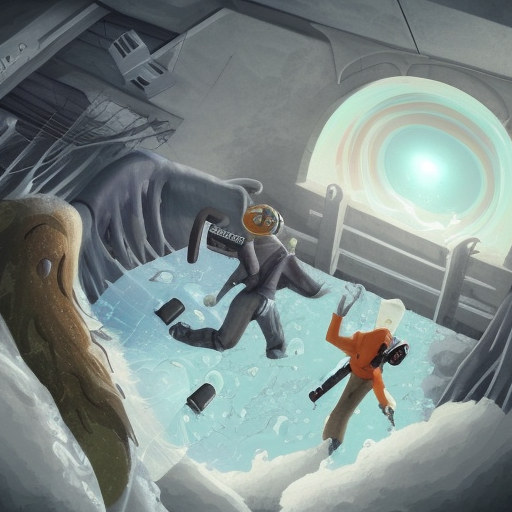
If any human who has been cryonically-preserved prior to market creation is successfully revived, this resolves to YES. (This means that the revived person must behave nearly identically to the person they were before the preservation, with the same memories, personality, etc. Minor changes such as having forgotten the short-term memories created right before their death are fine. What matters is whether people who knew them before their death would reasonably say "yup, that's Bob". Philosophical arguments that they're not the "same person" due to the cessation of brain activity or being made out of different molecules are irrelevant.)
If the state of science and technology advances to the point where we can state without any doubt whatsoever that there is not enough information left in those preserved brains to revive someone who could reasonably be called the same person, or that the information does exist but fundamental laws of physics prevent us from accessing it or using it to recreate the person, this market resolves to NO.
If all preserved brains that exist as of market creation in the top 10% of preservation quality are destroyed and none of the brains in worse shape are able to be reanimated, this resolves N/A. (Preservation quality determined by factors like how long they spent at room temperature before being frozen, how damaged the brain was by physical trauma, the state of vitrification technology used on them, etc.)
For the question of whether the preserved brains will last that long, see here:
People are also trading
Oh, this title contradicts the description slightly; if the top 10% of brains are destroyed but a brain the 11th percentile is successfully reanimated, the title should have this resolve YES, but the description says it would resolve N/A. I think the best fix would be to change the line to this, any objections?
If all preserved brains that exist as of market creation in the top 10% of preservation quality are destroyed and none of the brains in worse shape are able to be reanimated, this resolves N/A.
Note to self:
Is X possible on century timeline is incredibly hard to predict.
Only clear path is I can be highly confident of NO because some fundamental condition like laws of physics are broken. e.g. current preservation does too much informational damage, we know you can't reverse "informational entropy" (2 + 3 = 5 only works one way).
Not seeing expert opinion of the latter, you chose to answer the simpler: "what is a reasonable chance tech x will exist in two centuries when no fundamental laws need be broken?". You think it's more than 40% given this is a tech humans desperately want.
MRI resolution would have to improve by 4+ orders of magnitude. Axon diameters can be as small as 100 nanometers, so it may not be possible to do the imaging without a lot of ionizing radiation. The hard (perhaps impossible) part is scanning the brain at sufficiently high resolution and precision to have anything workable. The rest of whole brain emulation is easy.
@JonathanRay it might require even much higher scanning resolution than that to figure out the weights on the connections.
There's a great video from Tom Scott that unexpectedly touches this subject, and answers the question as well.
@IsaacKing maybe, though applying the technology retroactively to bodies preserved prior to market creation might be a bigger challenge
@IsaacKing also: I'd update the title of this market as the current one does not reflect the conditions
@IsaacKing cryonic reanimation might be fundamentally possible but require preservation technology that has not been applied to any bodies prior to market creation
I believe it to be possible but irrelevant, as before we are able to do this it will be possible to upload the brain into a digital copy (with some variation from the original, that would probably cause it to not count in your stated specification of identical) for much less cost and risk. Like, I expect maybe 3 - 5 orders of magnitude more costly to get the tissue-destructive bio-to-digital copy process that accurate versus a lower bar on identity.
(This means that the revived person must behave nearly identically to the person they were before the preservation, with the same memories, personality, etc.)
This would definition would seem to preclude people who develop mental illnesses over the course of a few years. It's not uncommon for dementia patients to lose recall over almost all of their memories, sometimes forgetting their own name. Personality changes are also common, with some patients becoming violent and hypersexual while others lose their initiative to get out of bed.
If a cryopreserved patient was revived, but presented with the symptoms of stage 5+ dementia, I'd guess that most people would consider this a "reanimation failure". In this sense there is a bias against cryopreservation, verses the regular "preservation" technique of just not dying until you're 80.